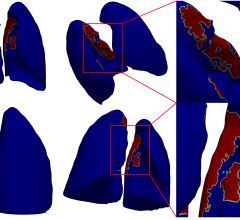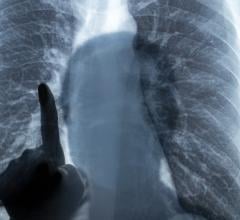
Getty Images
October 20, 2022 — A large study on the impact of long COVID found increased rates of health system use 2 months after infection with SARS-CoV-2, which has implications for health care delivery in the future. The study, which included more than half a million people in Ontario, Canada, is published in CMAJ (Canadian Medical Association Journal).
Researchers looked at ICES data on 531 702 people in Ontario, 268 521 of whom tested positive on a PCR test for the virus that causes COVID-19 between January 1, 2020, and December 31, 2021. They compared health care use, including clinic visits, emergency visits, days in hospital, home care visits and days in long-term care, between people who tested positive and people who were otherwise similar but tested negative. Two months or more after their infection, health care use was more frequent among people who tested positive, especially women.
The mean age of the study population was 44 years, and 51% were female.
The greatest increase in health care use was in a small subset of the population — about 1% of people who tested positive for SARS-CoV-2. These patients spent an extra week or more in hospital over the following year compared to people who weren't infected, according to the study.
In early 2022, it was estimated that almost half (45%) the population of Canada had been infected with SARS-CoV-2. Based on these numbers, the authors predict heavy heath care use in the future, with 1% of infected people using nearly 7% of hospital days that were available in Canada before the COVID-19 pandemic. To compound health system pressure, there are fewer staffed hospital beds now than before the pandemic.
"Given the number of recent infections, our findings portend substantial health care use by people in Canada," says Dr. Candace McNaughton, an emergency physician at Sunnybrook Research Institute, Toronto, Ontario. "For family medicine doctors who had 20 clinic visits per day before the COVID-19 pandemic, based on the number of people in Canada who were recently infected, they will need to find time and resources for 100 more clinic visits per year, and there are fewer physicians now than before the pandemic."
Most people who were infected with SARS-CoV-2 will not have more health care encounters, but they will be competing for scarcer health care resources, as will the 1% of people whose health care needs increase substantially.
Increased demand of this magnitude will require substantial population-level restructuring and investment of resources.
"We hope this information will help those in leadership and government prepare for health care demand caused by long COVID," says coauthor Dr. Clare Atzema, an emergency physician at Sunnybrook Research Institute and Senior Scientist at ICES, Toronto, Ontario.
For more information: https://www.cmaj.ca/
Related COVID Content:
Lasting Lung Damage Seen in Children and Teens after COVID
PHOTO GALLERY: How COVID-19 Appears on Medical Imaging
COVID-19 Fallout May Lead to More Cancer Deaths
Kawasaki-like Inflammatory Disease Affects Children With COVID-19
FDA Adds Myocarditis Warning to COVID mRNA Vaccine Clinician Fact Sheets
CMS Now Requires COVID-19 Vaccinations for Healthcare Workers by January 4
Cardiac MRI of Myocarditis After COVID-19 Vaccination in Adolescents
Small Number of Patients Have Myocarditis-like Illness After COVID-19 Vaccination
Overview of Myocarditis Cases Caused by the COVID-19 Vaccine
Case Study Describes One of the First U.S. Cases of MIS-C
NIH-funded Project Wants to Identify Children at Risk for MIS-C From COVID-19


 July 25, 2025
July 25, 2025 








